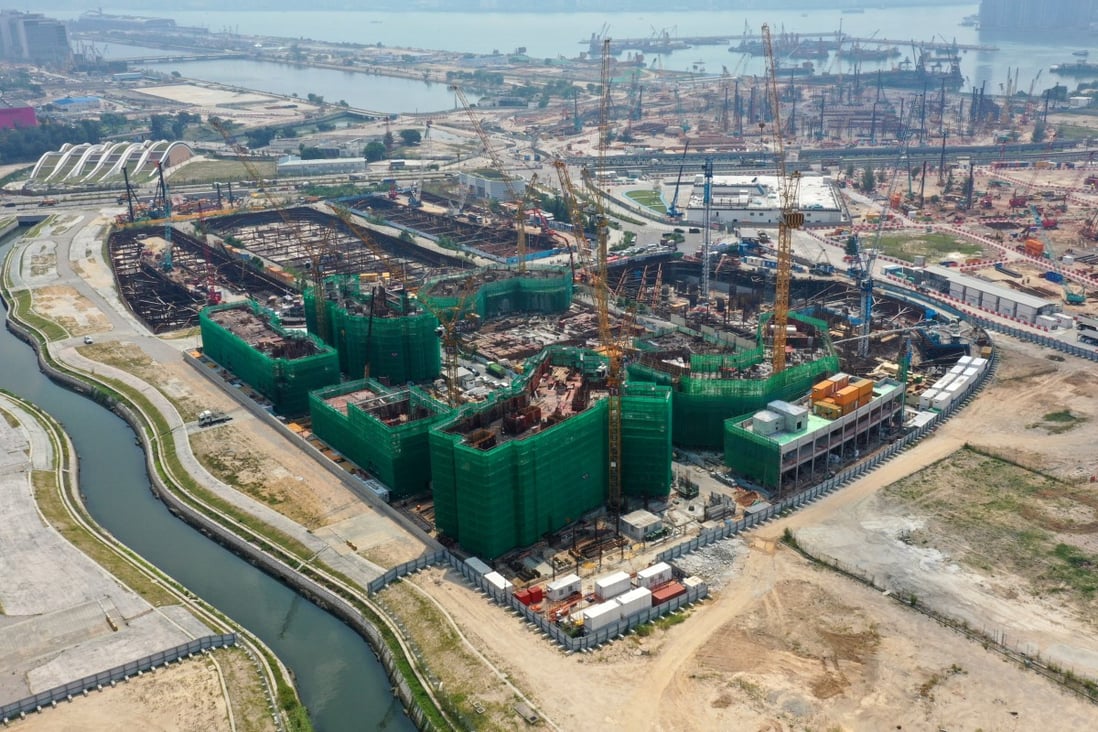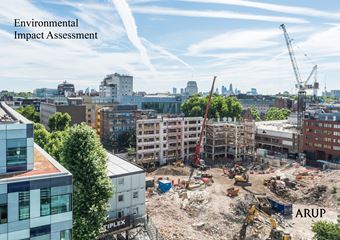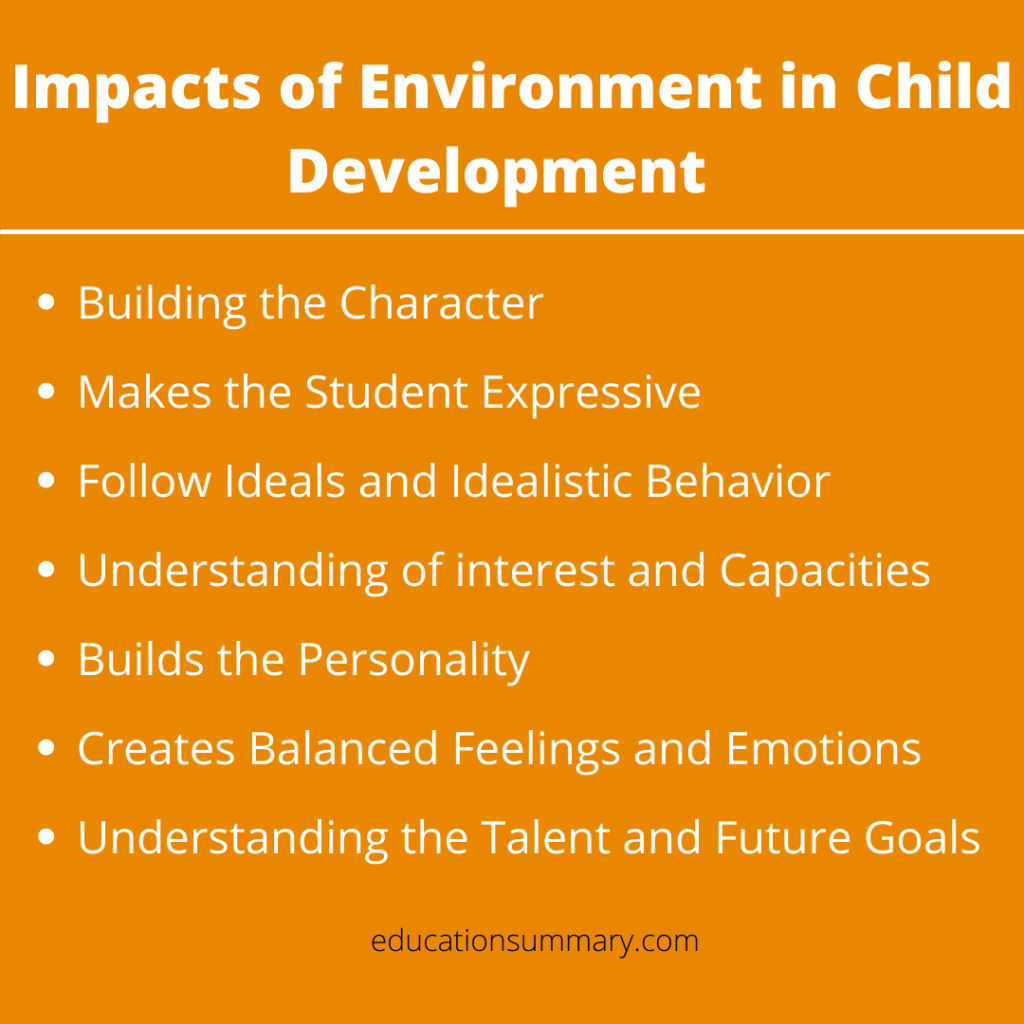The impact of development on the environment is a complex and multifaceted issue that has garnered significant attention in recent years. On one hand, development is often seen as a key driver of economic growth and prosperity, bringing with it numerous benefits such as improved living standards, access to education and healthcare, and greater social mobility. However, it is also true that the process of development often has negative consequences for the environment, as it can lead to the destruction of natural habitats, the pollution of air and water, and the depletion of natural resources.
One of the most significant impacts of development on the environment is the destruction of natural habitats. As human populations grow and urban areas expand, forests, grasslands, and other ecosystems are often cleared to make way for new buildings, roads, and other infrastructure. This can have a devastating effect on the plants and animals that rely on these habitats for survival, as well as on the overall health and resilience of the ecosystem. In addition, the destruction of natural habitats can also contribute to climate change, as the trees and other vegetation that once inhabited these areas are no longer able to absorb carbon dioxide from the atmosphere.
Another major impact of development on the environment is the pollution of air and water. The construction of new buildings, roads, and other infrastructure often involves the use of heavy machinery and other polluting technologies, which can release harmful substances into the air and water. In addition, the expansion of urban areas can lead to an increase in vehicle traffic, which can contribute to air pollution and greenhouse gas emissions. Water pollution can also be a problem, as runoff from construction sites and the increased use of chemicals and fertilizers in urban areas can contaminate local water sources.
Finally, the process of development can also lead to the depletion of natural resources. As demand for housing, transportation, and other goods and services grows, so too does the demand for the raw materials that are used to produce these items. This can lead to the overuse and depletion of resources such as timber, oil, and minerals, which can have negative consequences for the environment and the long-term sustainability of development.
In conclusion, the impact of development on the environment is a complex and multifaceted issue that requires careful consideration and management. While development can bring numerous benefits, it is also important to recognize and address the negative impacts that it can have on the environment. This may involve adopting more sustainable development practices, such as using renewable energy sources, preserving natural habitats, and minimizing pollution and resource depletion. By taking a more mindful and responsible approach to development, we can help to ensure that the benefits of progress are enjoyed by future generations.







